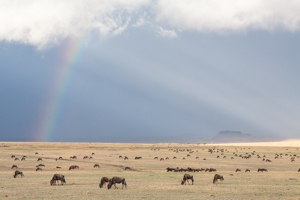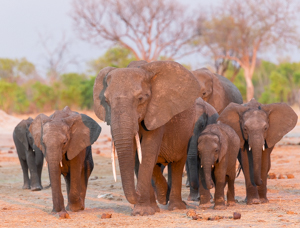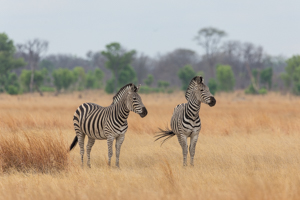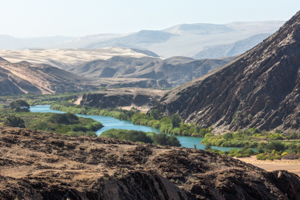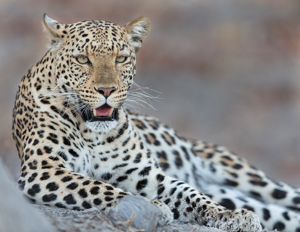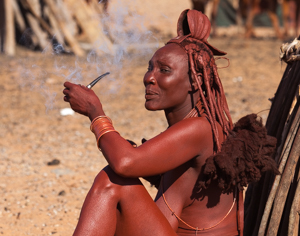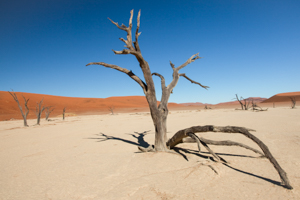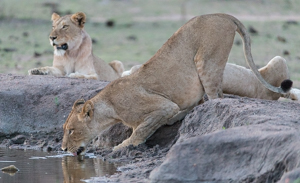
|
||
Why AV is Better than P
Digital cameras are basically small, sophisticated computers, and all the complex functionality can be intimidating. We recommend that novice to intermediate photographers "keep it simple" on safari, and focus on the subject matter rather than allowing camera settings to distract them. BUT this isn't an excuse to set the camera to auto mode and simply "point and shoot".
There are some subtle differences between the various automatic modes (Auto, Program, Scene Modes, etc.) but they all deprive the photographer of control over important aspects of image creation - some cameras in Auto or Program mode will even choose which auto-focus points to use, which could leave your intended subject completely blurred! Obviously, this is a recipe for disaster.
Your camera's semi-automatic modes (Av and Tv) are relatively simple to understand and use, and will provide you with the control that you need to create significantly better photos. While a case could be made for Shutter Priority (Tv), we think that most photographers are best served by Aperture Priority (Av) as this provides direct control over depth of field and indirect control over shutter speed which are, along with focus, the most important variables to capturing quality images.
At a somewhat simplified level, there are three common aperture settings for safari:
Low f/stop number (f/4 to f/8) - the best setting for most wildlife shots, this facilitates a fast shutter speed (which helps achieve sharp focus) and blurrs the background so that the subject matter "pops out" from the scene. Also best during low light conditions.
Medium f/stop number (f/8 to f/11) - works well for people shots as well as photos in and around camp. Can also be good for wider angle shots of wild animals in their natural environment. Light conditions need to be good to achieve a fast enough shutter speed.
High f/Stop number (f/11 to f/16) - primarily used for landscape photos when one wants the whole scene to be in focus. Unless you're using a tripod, bright lighting conditions are necessary to facilitate a fast shutter speed. Don't go above f/6 or light refraction will cause image blurring.
A basic understanding of exposure control and the interaction between aperture, shutter speed, and ISO will make Av mode quick and intuitive to use, and significantly improve your ability to create great safari images - a little bit of homework ahead of your safari goes a long way to better photos! Let us help you plan your dream safari. call toll-free: 888.227.8311 or email us today
|
||
|


